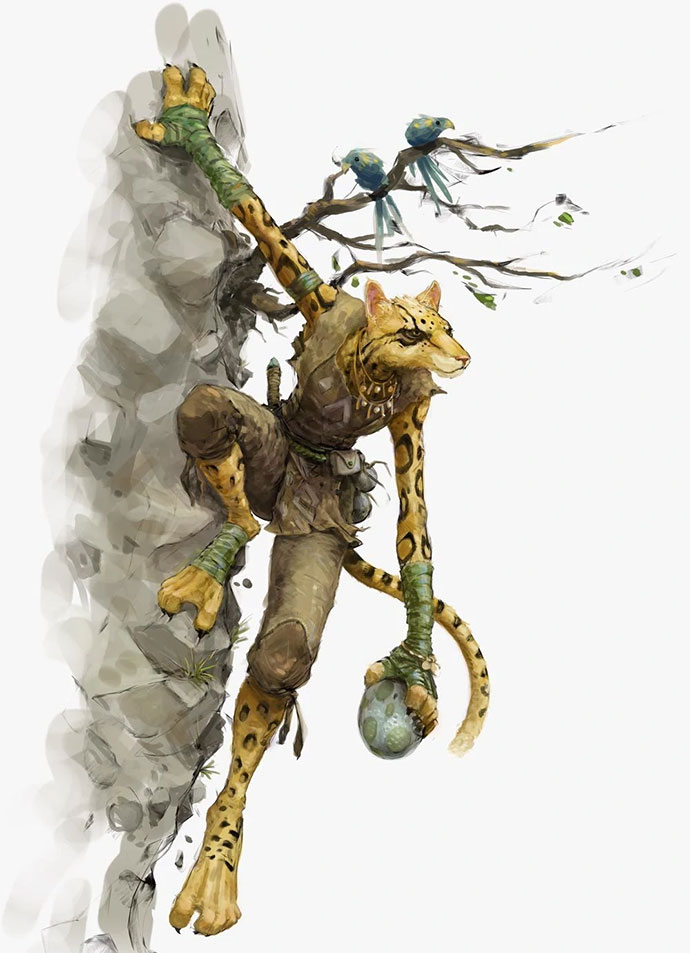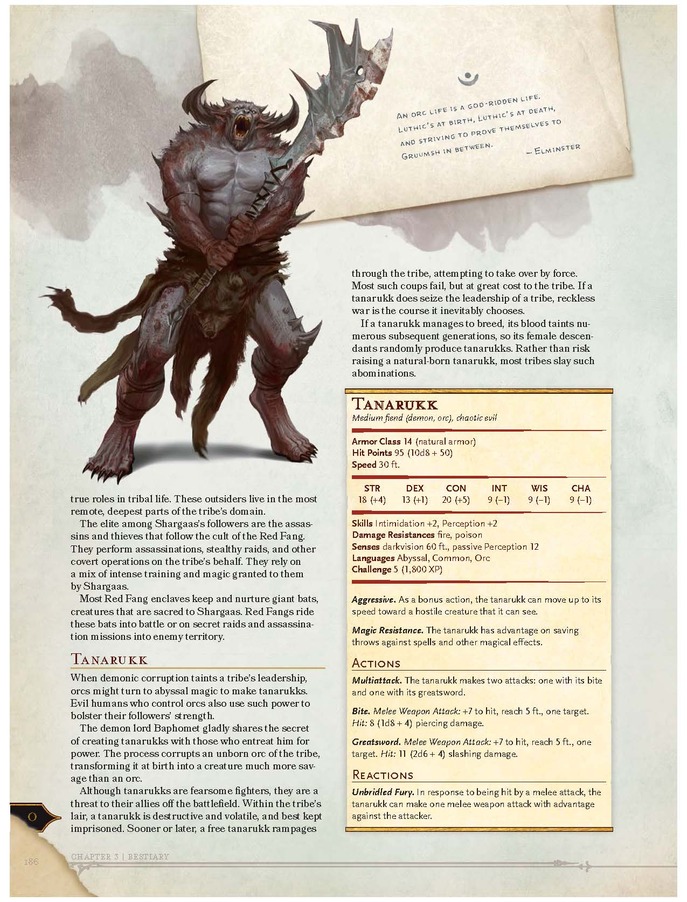

These are not binding for player characters, but considering why your dwarf is chaotic, for example, in defiance of lawful dwarf society can help you better define your character. Most races have tendencies toward certain alignments, described in this entry. For example, if you play a young or very old character, your age could explain a particularly low Strength or Constitution score, while advanced age could account for a high Intelligence or Wisdom. You can choose any age for your character, which could provide an explanation for some of your ability scores. This information can help you decide how old your character is at the start of the game. The age entry notes the age when a member of the race is considered an adult, as well as the race’s expected lifespan. Ability Score IncreaseĮvery race increases one or more of a character’s ability scores. The following entries appear among the traits of most races. The description of each race includes racial traits that are common to members of that race. It’s worthwhile to consider why your character is different, as a helpful way to think about your character’s background and personality.

These details are suggestions to help you think about your character adventurers can deviate widely from the norm for their race. Each race’s description in this chapter includes inform ation to help you roleplay a character of that race, including personality, physical appearance, features of society, and racial alignment tendencies. Your character race not only affects your ability scores and traits but also provides the cues for building your character’s story. For example, a halfling could be a good choice for a sneaky rogue, a dwarf m akes a tough warrior, and an elf can be a master of arcane magic. When making this decision, keep in mind the kind of character you want to play. It establishes fundamental qualities that exist throughout your character’s adventuring career. Your choice of race affects many different aspects of your character. Drow, a subrace of elves, are also uncommon. Dragonborn, gnomes, half-elves, halforcs, and tieflings are less common as adventurers.

Dwarves, elves, halflings, and humans are the most common races to produce the sort of adventurers who make up typical parties. Not every intelligent race of the multiverse is appropriate for a player - controlled adventurer. Your character belongs to one of these peoples. Humans are the most common people in the worlds of D&D, but they live and work alongside dwarves, elves, halflings, and countless other fantastic species. It will mostly consist of the stats for each race with a little bit of lore. In this compilation of races I will be collating all the races from the core books, the expanded collections (excluding Plane Shift), Unearthered Arcana and selected homebrews from around the internet.


 0 kommentar(er)
0 kommentar(er)
